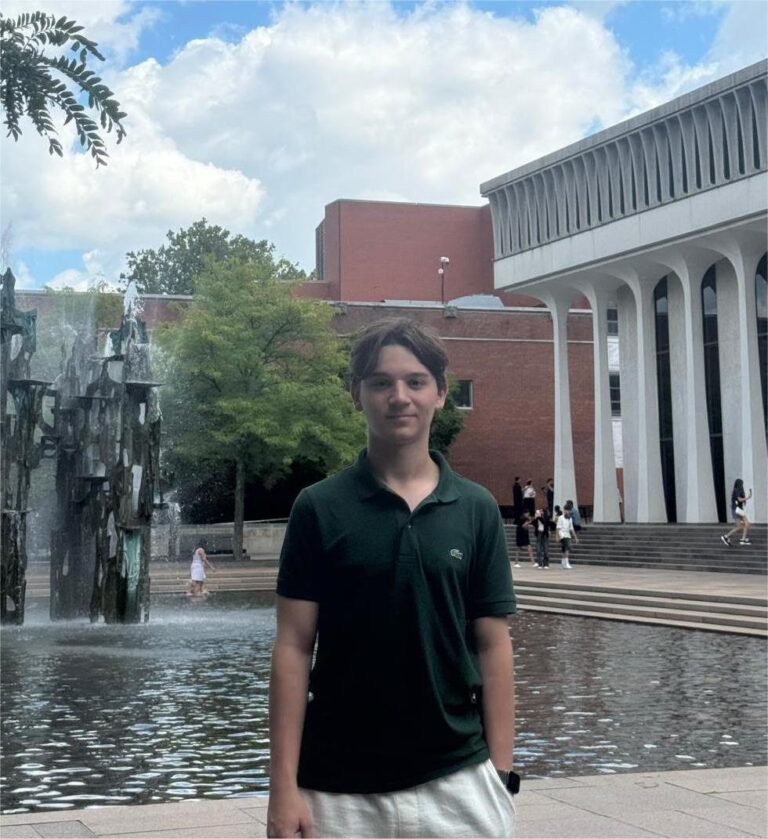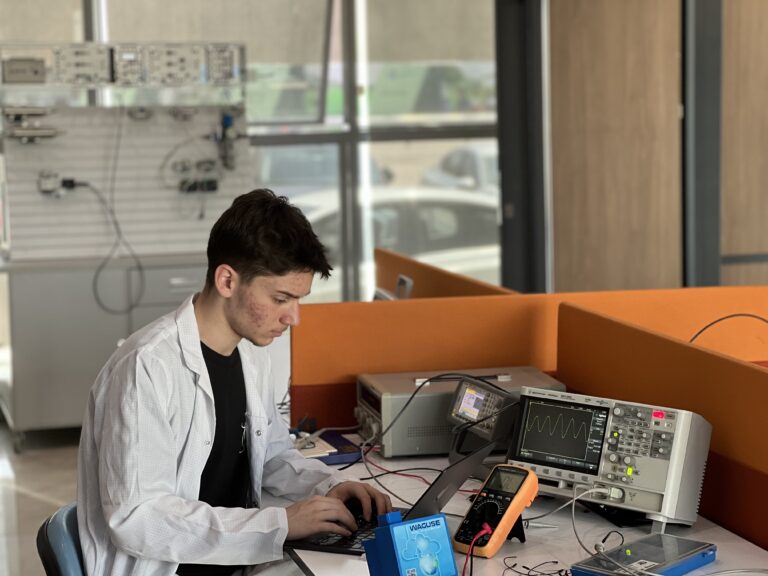heading

I’m Kagan, a junior student at Sanko High School from Turkey who is passionate about solving real-life environmental problems. I became interested in water waste after noticing a leak in our toilet at home. That small moment made me question how often this happens, and I began to find possible solutions. I created a sound-based sensor system to detect early. I’m a determined person; once I believe in something, I pursue it with complete dedication. Helping people and solving problems makes me truly happy, and this project lets me do that on a bigger scale. The SJWP is a valuable opportunity to highlight water waste\’s global impact and meet others who try to create meaningful solutions.
Tell us what the water concern in your country is!Water scarcity is the primary concern in Turkey because the water supply per capita is expected to fall by 22% from 2020 to 2030. Water leaks in public places like malls, hospitals, and airports often go unnoticed or ignored. My project aims to fix this gap and significantly reduce water waste.
This is what I think is one of the solutions for a sustainable future:Detecting unnoticed water leaks is a key step toward sustainability. My solution prevents daily waste and uses accessible technology. If applied widely, it could save thousands of liters every day while raising awareness about water conservation in homes and public spaces worldwide.

SOUND SIGNAL PROCESSING-BASED AND AI-POWERED WATER GUARD SENSOR FOR FAUCETS AND FLUSHES: WAGUSE
The project aims to develop a system that detects water loss using sound signal processing algorithms via a single sensor placed in a commonly used sink area and enables prompt intervention by a responsible staff member. The developed water sound recognition algorithm was tested in different sinks; the experiments demonstrated that it achieved an accuracy rate of 77.3% and could prevent 15.25 liters of water waste in 135 minutes in a single restroom. Additionally, we trained an AI model to classify the sound, and our AI algorithm achieved a classification accuracy of 95%. Using a contactless approach, this system provides a low-cost, fast-deploying, and actionable solution that ensures water conservation and sustainability.
